REVITALISE THE CITY
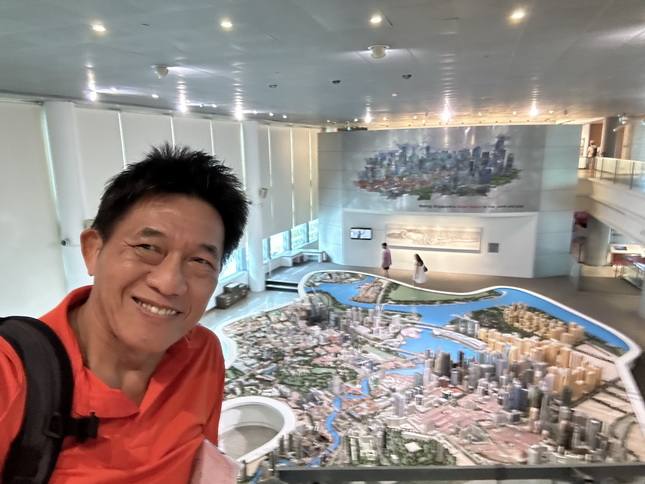
.jpg)
![]()
|
|
| 外圆内方 | ||||
|
|
|
|
| STORY | ||||
|
LITTLE RED DOT
|
|||
|
|
|||
|
||||||||||||||||||
|
● 正门给VIP,考试/一般旅客都是从侧门进 BIG MODEL 3 mins show ● 各个蓄水池 ● 实里达机场 ○ 泰勒、特朗普私人飞机都是在这里停泊 ○ 买房子不能买在这里附近 URA ARRIVAL LOGO ● 抽象艺术作品 ● 仁者可谓方也矣 YI,出自孔子 - 但是孔子仕SHI途顺不顺?并不顺利 - 因为他太方啦 ● 是比喻人表面随和,内心严正。出自《后汉书·郅恽传》 ● 以前重建局(URA)需要非常耐心、圆滑地处理拆迁户的问题,比如安抚 FU他们、答应他们给他们分配一间三房式租屋 ● 新加坡有没有钉子户?有的,万国那边就有
|
|||||||||||||||||||||||||||||||||||||||||||

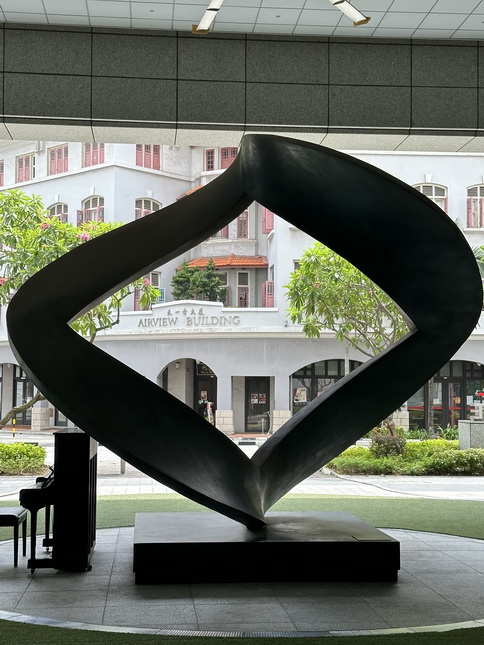 孙宇立 Jun 1999
孙宇立 Jun 1999雕塑作品《天地》由两个基本形状组成, 一个方形核心和一个圆形框架。 这体现了儒家哲学,方形代表以原则为基础的专注目标,而圆形则传达对他人的关怀. fāngxíng héxīn hé yīgè yuán xíng kuàngjià -rújiā zhéxué The sculpture entitled Celestial Earth comprises the 2 elementary forms, a square core within the circular fram. This embodies the Confucian philosophy of squre depicting focused aim grounded in principles while the circle conveys consideration for others - Sun Yu Li Jun 1999 仁者可谓方也矣 Rénzhě kěwèi fāng yě yi A benevolent person can be said to be a good person. 有仁慈之心的人,才可以说是好人。
|
|||||||||||||||||||||||||||||||||||||||||||
|
|
|||||||||||||||||||||||||||||||||||||||||||
|
|
|||||||||||||||||||||||||||||||||||||||||||
|
(1) (历史走廊) “Planning for a city-state”, 拆拆拆,拆到Fullerton Hotel的那栋以前叫做邮政总局,就有很多学者呼吁政府要保留
EARLY 1800s- TEMASEK TO SINGAPURA
FROM A FISHING VILLAGE For
Singapore,
The 17th-century Sejarah
Melayu or Malay
Annals,
is one of the most important Malay historical works. This work is significant because it also contains stories of the island including Sang Nila Utama’s naming of Singapore as “Singapura” (“Lion City” in Sanskrit), adventures of the mighty Badang, the mythical garfish attack xù yú xíjí shìjiàn and the flight of the last king of Singapura fled to Malacca in 1389, where he founded the Malacca Sultanate. 17 世纪的《马来纪年》是马来历史最重要的著作之一。这部著作对新加坡意义重大,因为其中还记载了新加坡岛的故事,包括桑尼拉乌他玛将新加坡命名为“新加坡拉”(梵语中意为“狮城”)的故事、神力无比的巴当的历险故事、神话中的魣鱼袭击事件,以及新加坡最后一位国王 (斯里苏丹依斯千达沙 (拜里米苏拉))于 1389 年逃往马六甲并在那里建立马六甲苏丹国的故事。 在14世纪,一个具有战略位置的岛屿,历史上称为淡马锡. Sri Tri Buana (桑尼拉·乌他马) 斯里维贾亚桑尼拉乌塔玛王子- 在一次狩猎途中遇到了一只陌生的动物。
直到1819年,英国东印度公司的斯坦福·莱佛士爵士在新加坡岛上建立了贸易港口, 新加坡才重新获得重要地位。这标志着现代新加坡开始转型为全球主要贸易中心. 19世纪初,斯坦福莱佛士爵士 jueshi 实施 shishi了一项改变新加坡命运的大胆举措。jucuo
作为交换,东姑侯赛因沙允许英国东印度公司在新加坡建立一个贸易港口。 标志着现代新加坡的诞生勹莱佛士的外交策略和侯赛因沙的回归为新加坡转型为东南亚重要的贸易枢纽和秃满活力的城市奠定了基础。
1800s “From a small trading post”
SANG NILA UTAMA - POPULATION -
The Mao Kun Map (茅坤图)Máo kūn tú is a set of navigational maps based on the expeditions of Ming dynasty diplomat Admiral Zheng He in the 15th century. Also known as Zheng He’s Navigation Map (郑和航海图) or the Wu Bei Zhi Chart, it was likely drawn between 1425 and 1430 and published in the late-Ming publication Wu Bei Zhi (武备志). The map was compiled by Mao Yuanyi (茅元仪; 1594–1640), a strategist in the Ming court, in 1621 and published in 1628. The maps depict the return route between Melaka and China through the Strait of Singapore and include the name “Temasek” (淡马锡), marked on a hill on the right page, while “Malacca” (满剌加) is labelled at the top left of the left page. The Mao Kun Map can be accessed digitally via NL Online. (Image Credit: SFFCCA Collection, Courtesy of National Library,
++++++++++++++++++++++++++++++++++ PRE 1950S- BUSY HARBOR, JAP OCCUPATION
1941年 12月7日----日本突袭Túxí珍珠港,太平洋战争爆发.
SOOK CHING MASSACRE- 20-30k DIED
US DROP 2 BOMBS - AT ..
++++++ First airport- in 1930s in Seletar, Second Airport- Kallang Airport 1937 - 1955 operate until 1981 it becomes Military Paya Lebar Airbase. In future it will be future housing and commercial use to expand the CBD Singapore Changi airport open in 1981 . 第二机场-加冷机场 1937 - 1955 年运营,直到 1981 年成为巴耶利峇军事空军基地。未来它将用于住宅和商业用途,以扩大中央商务区
The Victoria Theatre and Concert Hall first began as the Town Hall in 1862. In the early 1900s, a second public hall was built next to it joined by a clock tower to form a larger complex. In 1901, it was decided that a public hall would be built in memory of Queen Victoria who died that year. Public funds for its construction amounting to $368,000 were collected, exceeding the construction costs, thus leaving a surplus of $22,000 for the renovation of the town hall so that it blended in with the new hall.[5] The foundation stone was laid on the occasion of King Edward VII's coronation celebration on 10 August 1902, and the new building was built between 1903 and 1905 next to the Town Hall. The building was designed by the Municipal Engineer, John Bennett. It was built during an era of Victorian Revivalism that was then popular in Britain, and its design therefore reflected this architectural style with Italianate windows, and it was the first such building in Singapore built in this style. The completed town hall originally housed a theatre on the ground floor as well as meeting rooms and offices of various government agencies on the second floor. It also housed the Singapore Library from 1862 to 1876. Construction of Victoria Memorial Hall extension to Town Hall (Victoria Theatre) The two buildings, the new Victoria Memorial Hall and town hall, were joined together by a clock tower built in 1906 to give the impression of a single building. The 54 metre-high tower connects the two buildings with a common corridor, and is topped by a timepiece donated by the Straits Trading Company. The tower is built on an axial line with the Anderson Bridge nearby. Renovation of the Town Hall began in July 1906. A portico was created on the town hall mirroring that of the new Memorial Hall, thereby creating a unified appearance. The construction of the signature clock tower was delayed due to delays in the donation of the clock and chimes by the Straits Trading Company. The clock, four metres wide, weighs 1 tonne and cost $6,000.[4] Its dial faces look in four directions, and there is a bell turret above it, capped by a cupola.[6] Statue of Stamford Raffles in front of the clock tower The Victoria Memorial Hall was officially opened by the Governor of the Straits Settlements, Sir John Anderson, on 18 October 1905. The renovated Town Hall was reopened on 11 February 1909. The town hall was renamed Victoria Theatre.[7] On 6 February 1919, the centenary of Singapore's founding, a statue of Stamford Raffles by T. Woolner was moved from the Padang to the front of the Memorial Hall. The statue was complemented with a new semicircular colonnade and a pool. 维多利亚剧院和音乐厅最初于 1862 年作为市政厅建成。
经过翻修的市政厅于 1909 年 2 月 11 日重新开放。市政厅更名为维多利亚剧院。[7]
+++++++++++++++++++
加冷机场 加冷机场(英语:Kallang Airport)原是新加坡第二个国际机场,由英国政府建造,在1937年6月12日开始服务,当时被誉为:“大英帝国最好的机场”。 1955年8月20日,由于新建的巴耶利峇机场(Paya Lebar Airport)开幕,被取代而关闭,原址亦重新建设成容纳25,000民众的组屋、加冷地铁站及高速公路等。 现时除了原来的“搭客楼”则在1960年7月1日被改用作新加坡人民协会(Singapore People's Association)的办公楼被保留外,其他设施已无迹可寻。 360度全景影像 接待过的名人 编辑 • 英国驻新加坡总督(Governor)列诰爵士(Sir John Fearns Nicoll) • 1955年4月16日上午,中华人民共和国国务院总理周恩来为参加万隆会议曾取道于此 • 著名教育家陈嘉庚先生(Mr. Tan Kah Kee) ++++++++++++++++++++++++++ POST WAR 1950s - CHAOTIC PERIOD-
1950s
1960s - RACIAL ISSUES, HOUSING ISSUES
SAF - NS service was set up in 1967 JTC - late in 1 Jun 1968 - Industrialisation and industrial estates were set up
1963 年 - 开国总理李光耀先生在花拉广场种植第一棵 Mempat 树的 60 多年后, 现在您可以在我们大自然之城的许多其他地方找到更多这种拥有独特粉红色花朵的树木!
In 1963- The first Mempat tree was planted at Farrer
Circus by founding Prime Minister Mr Lee Kuan Yew,
you can
now find more of these trees with their distinctive pink
blooms in many other parts of our City in Nature!
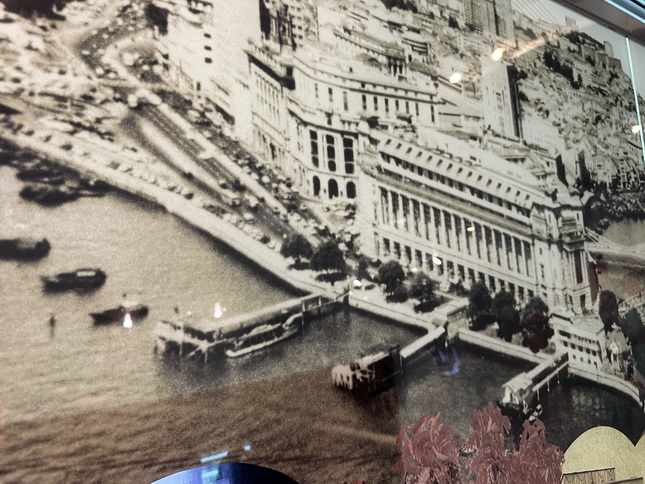
Fullerton was the CENTRAL POST OFFICE - you can see the 3 jetties for the sampans to deliver postal mails 1960s
1970s - URBAN RENEWAL - RIVER CLEANING, HAWKER CENTERS
1960-70s “Urban Renewal”
Sea Games - 1973 Singapore River River cleaning - Cleaning the Singapore River 1977-1987 Water security was an important issue
Planning becomes more curcial - Improvement in Transportation eg airport & MRT
Housing New Towns
1980s
1990s
Building the economy
2000s
|
|||||||||||||||||||||||||||||||||||||||||||
expressways
中央高速公路 (新加坡)
|
|||||||||||||||||||||||||||||||||||||||||||
|
|
|||||||||||||||||||||||||||||||||||||||||||
|
PLANNING
FRAMEWORK Land Use Planning
We review them every 10 years to safeguard land for a quality living environment, based on evolving trends and changing demands.
|
土地利用规划
我们每 10
年审查一次,以根据不断发展的趋势和不断变化的需求来保护土地,以提供优质的生活环境。
|
||||||||||||||||||||||||||||||||||||||||||
|
|
|||||||||||||||||||||||||||||||||||||||||||
|
|
|||||||||||||||||||||||||||||||||||||||||||
|
|
|||||||||||||||||||||||||||||||||||||||||||
|
|
|||||||||||||||||||||||||||||||||||||||||||
|
|
|||||||||||||||||||||||||||||||||||||||||||
|
|
|||||||||||||||||||||||||||||||||||||||||||

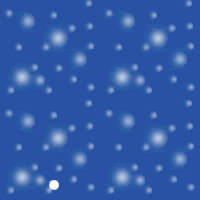
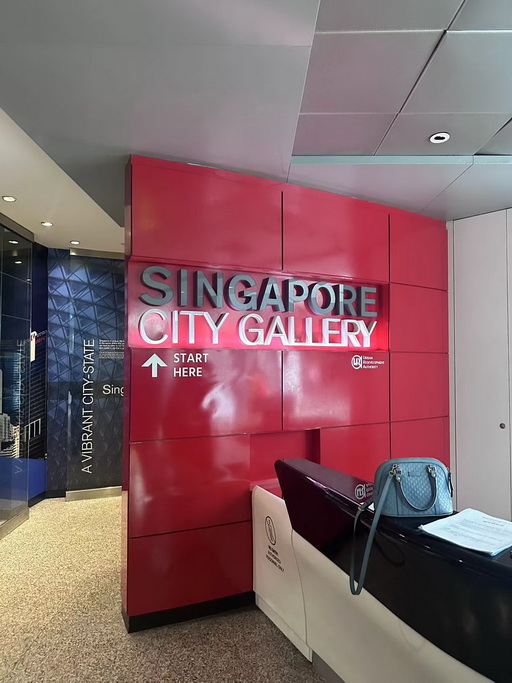
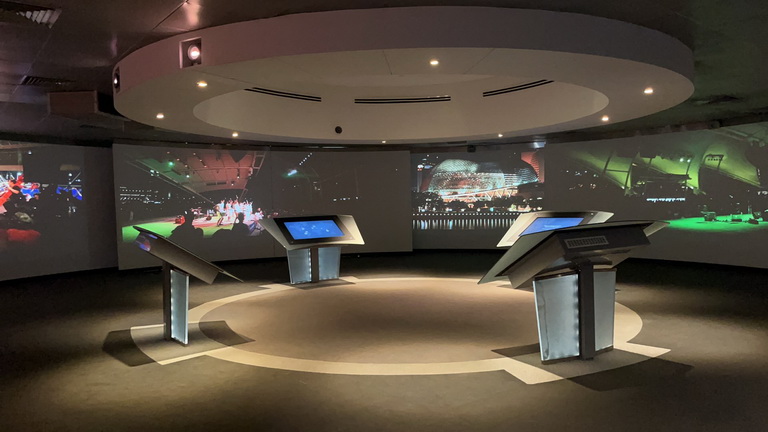
.jpg)
.jpg)
.jpg)
.jpg)
.jpg)
.jpg)
.jpg)
.jpg)
.jpg)
.jpg)
.jpg)
.jpg)
.jpg)
.jpg)
.jpg)
.jpg)
.jpg)
.jpg)
.jpg)
.jpg)
.jpg)
.jpg)
.jpg)
.jpg)
.jpg)
.jpg)
.jpg)
.jpg)
.jpg)
.jpg)
.jpg)
.jpg)
.jpg)
.jpg)
.jpg)
.jpg)
.jpg)
.jpg)
.jpg)
.jpg)
.jpg)
.jpg)
.jpg)
.jpg)
.jpg)
.jpg)
.jpg)
.jpg)
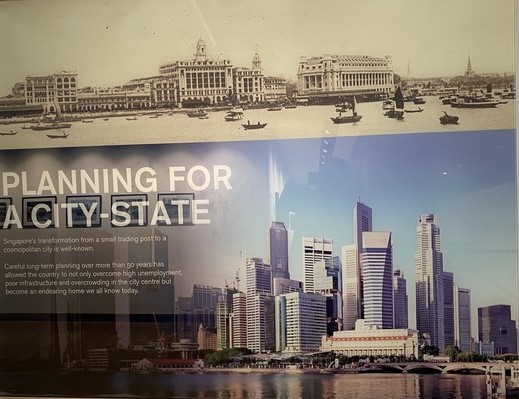
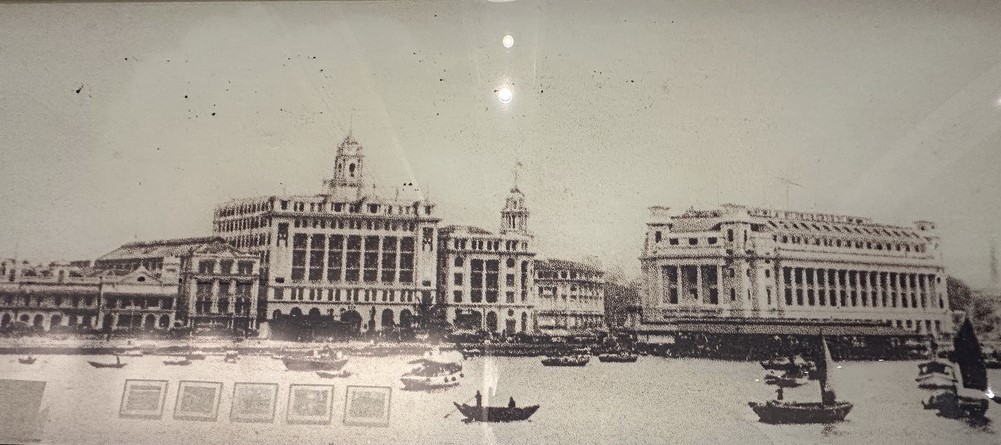


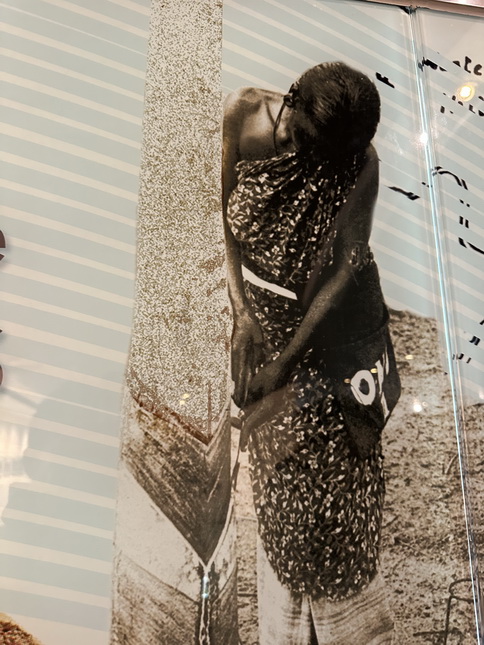
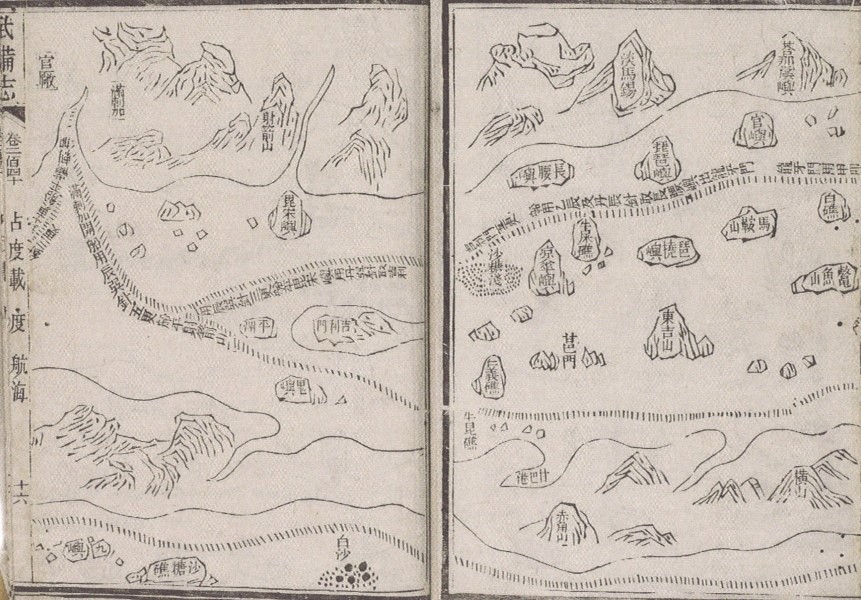

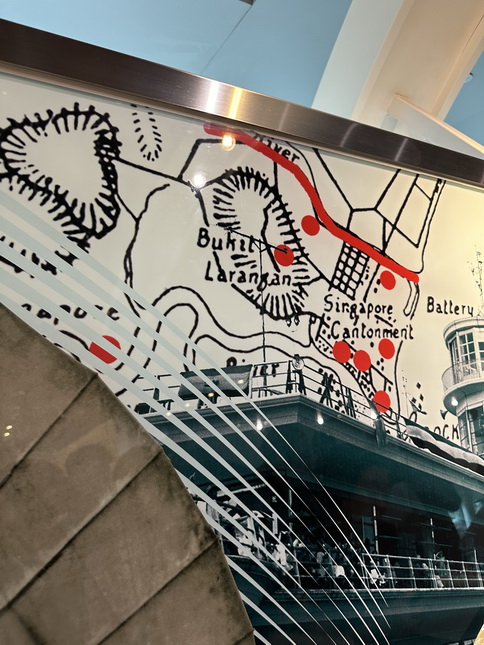
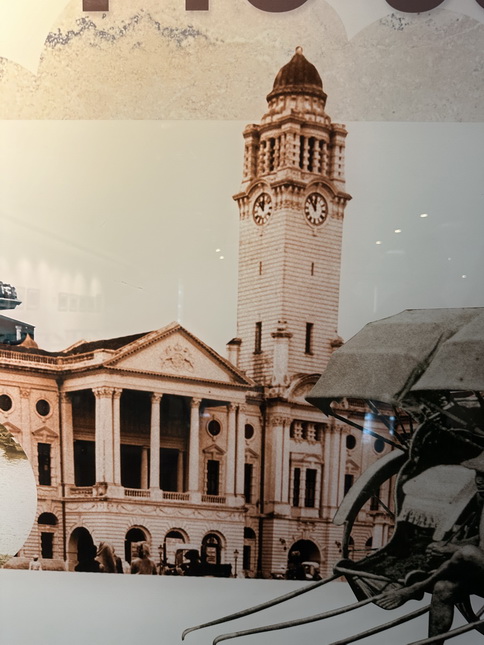 VICTORIA CONCERT HALL AND VICTORIA MEMORIAL
VICTORIA CONCERT HALL AND VICTORIA MEMORIAL 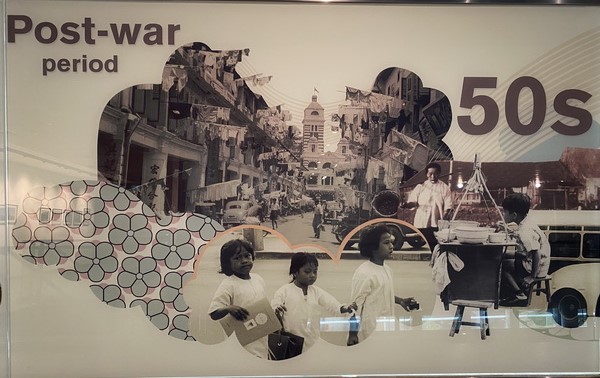
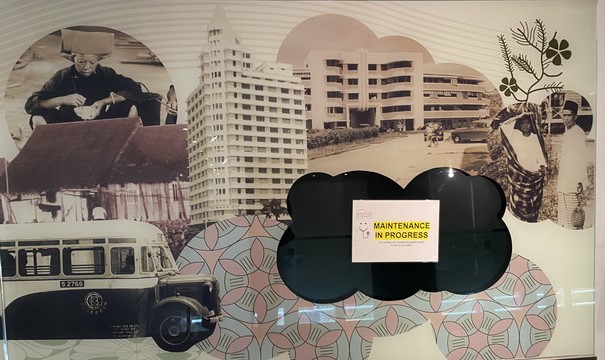

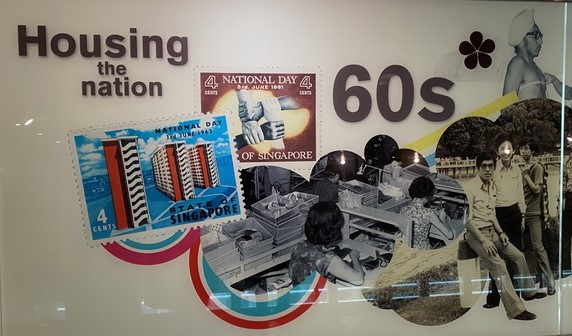
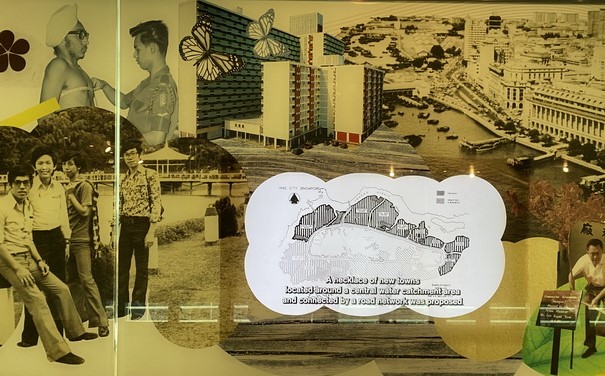
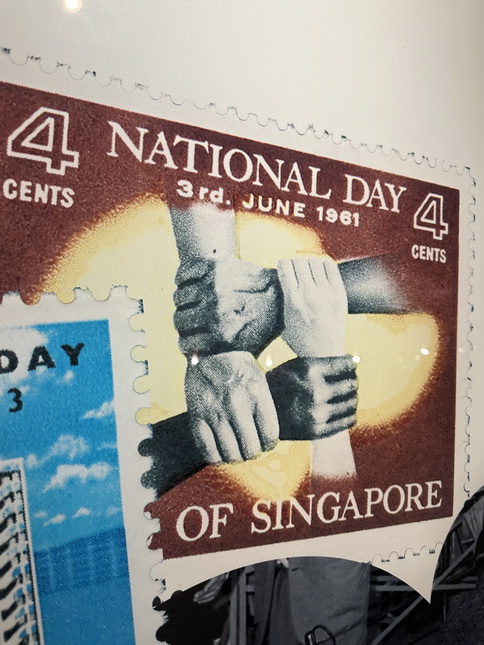
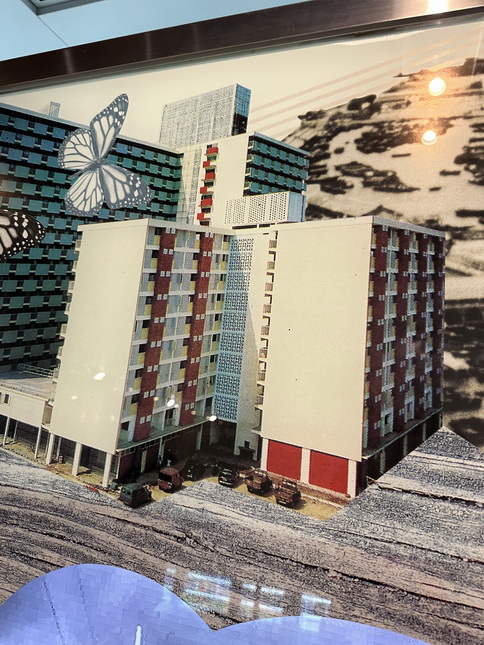 HDB
- a statutory board was set up in 1960 - to solve housing shortage
HDB
- a statutory board was set up in 1960 - to solve housing shortage 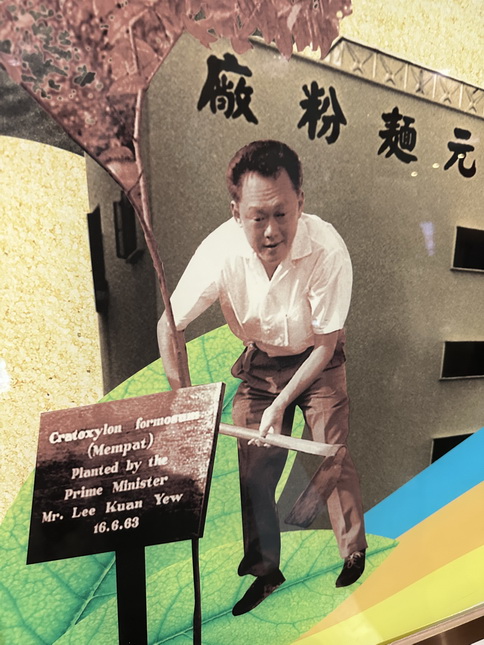
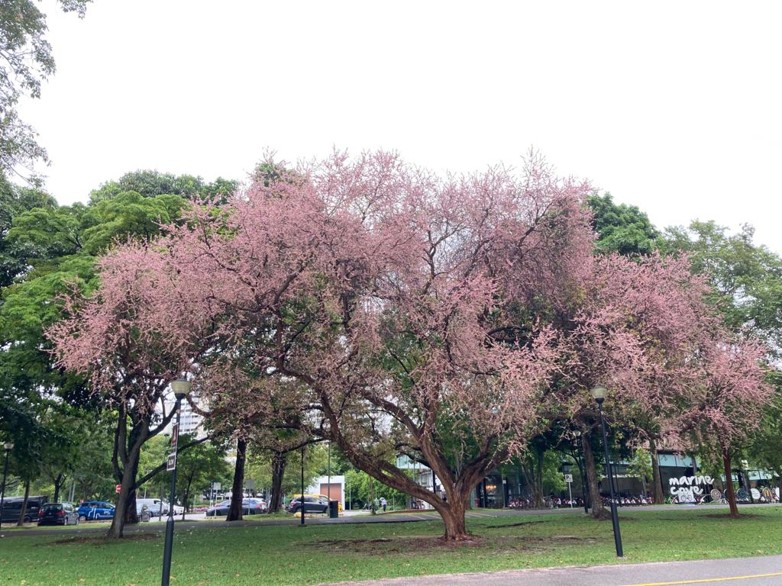
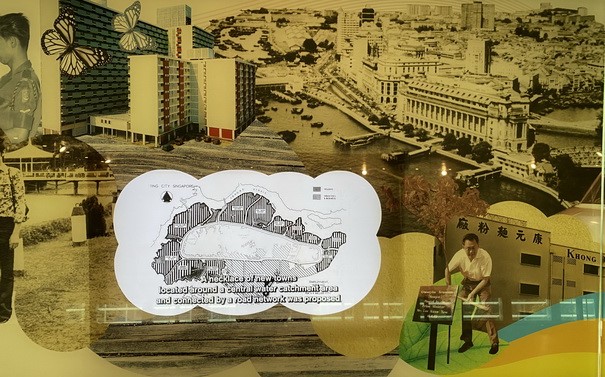
_resize.jpg)


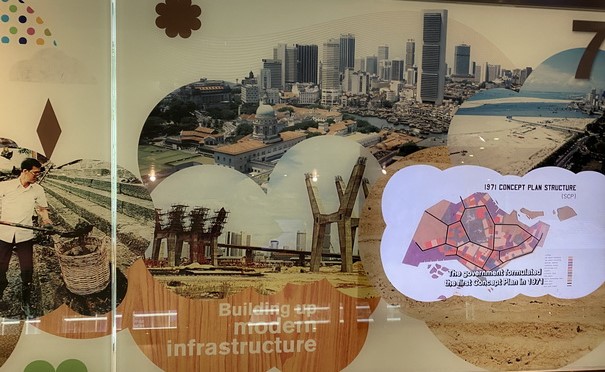

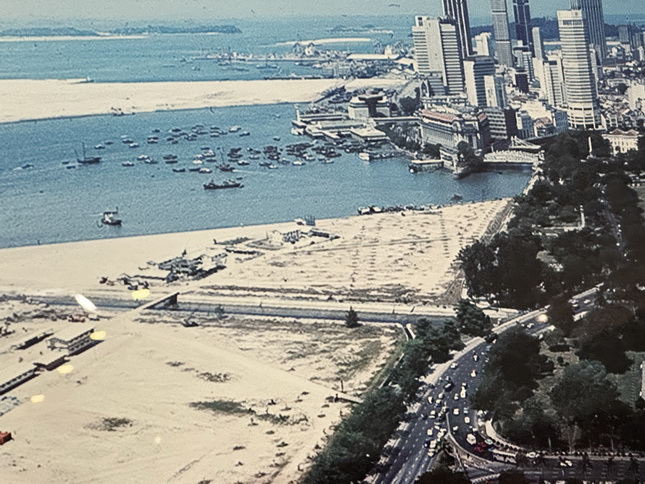 land reclamation
land reclamation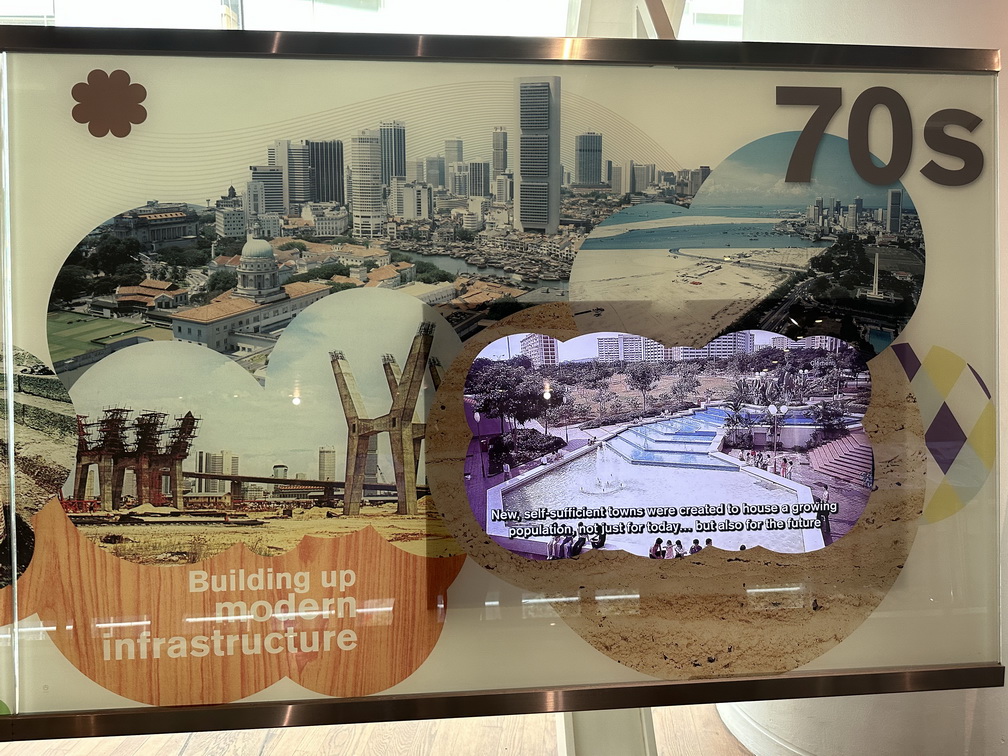
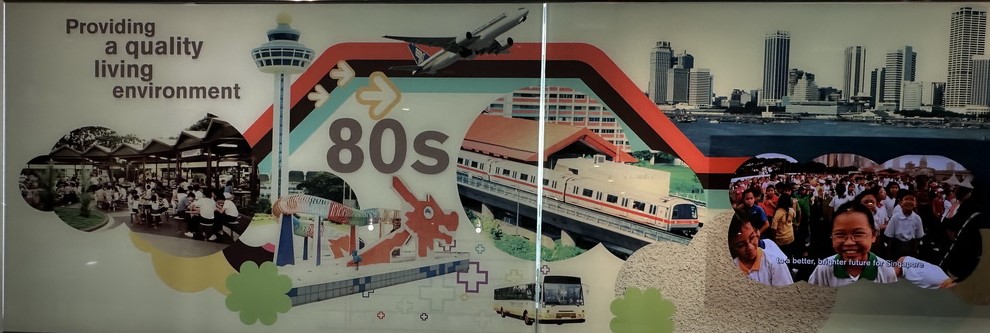
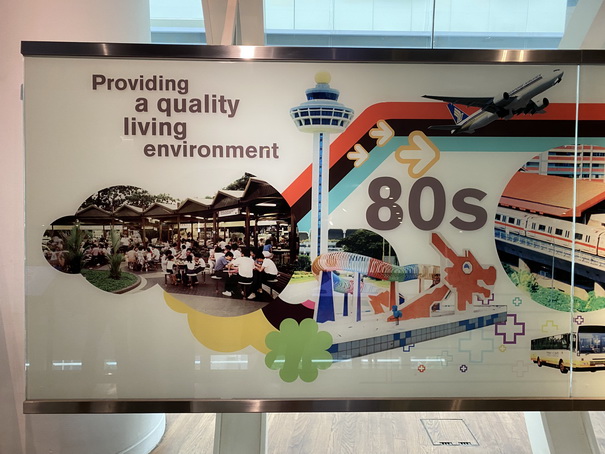
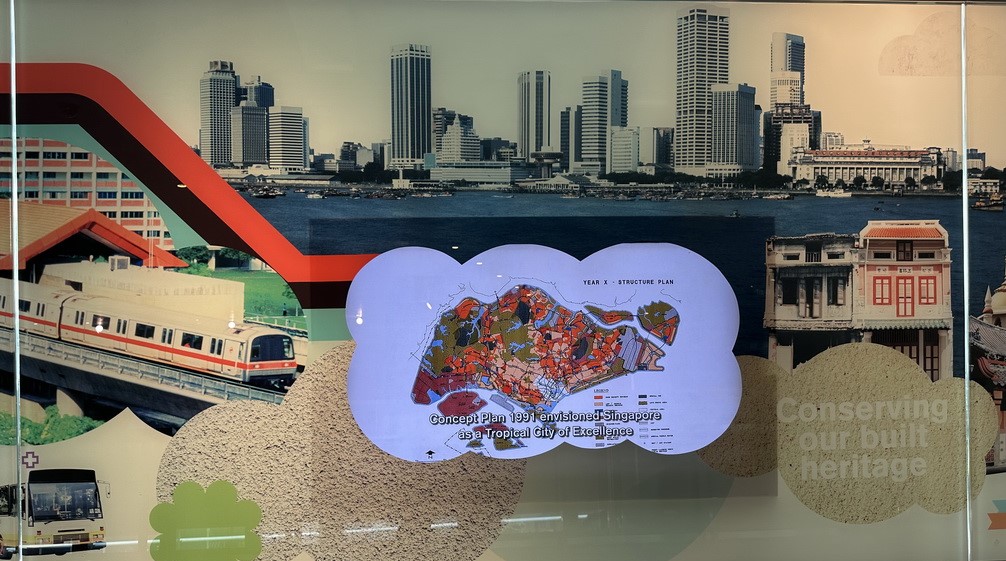
 Conservation
Conservation
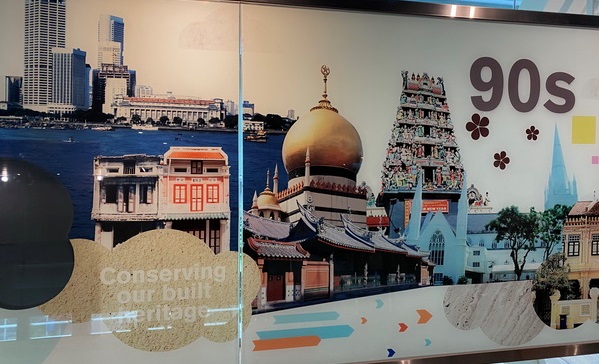
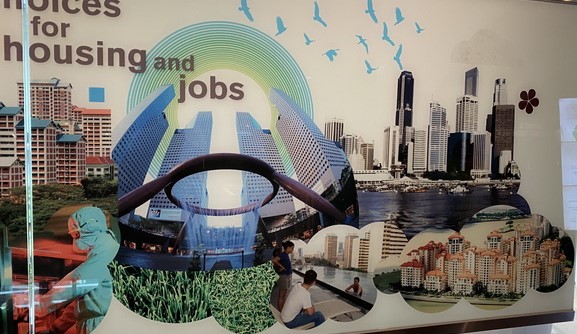
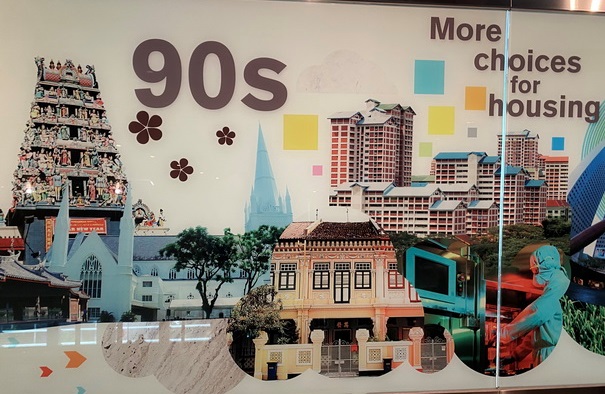 Conservation and Preservation and Heritage concerns
Conservation and Preservation and Heritage concerns
 Marina Bay
Marina Bay
